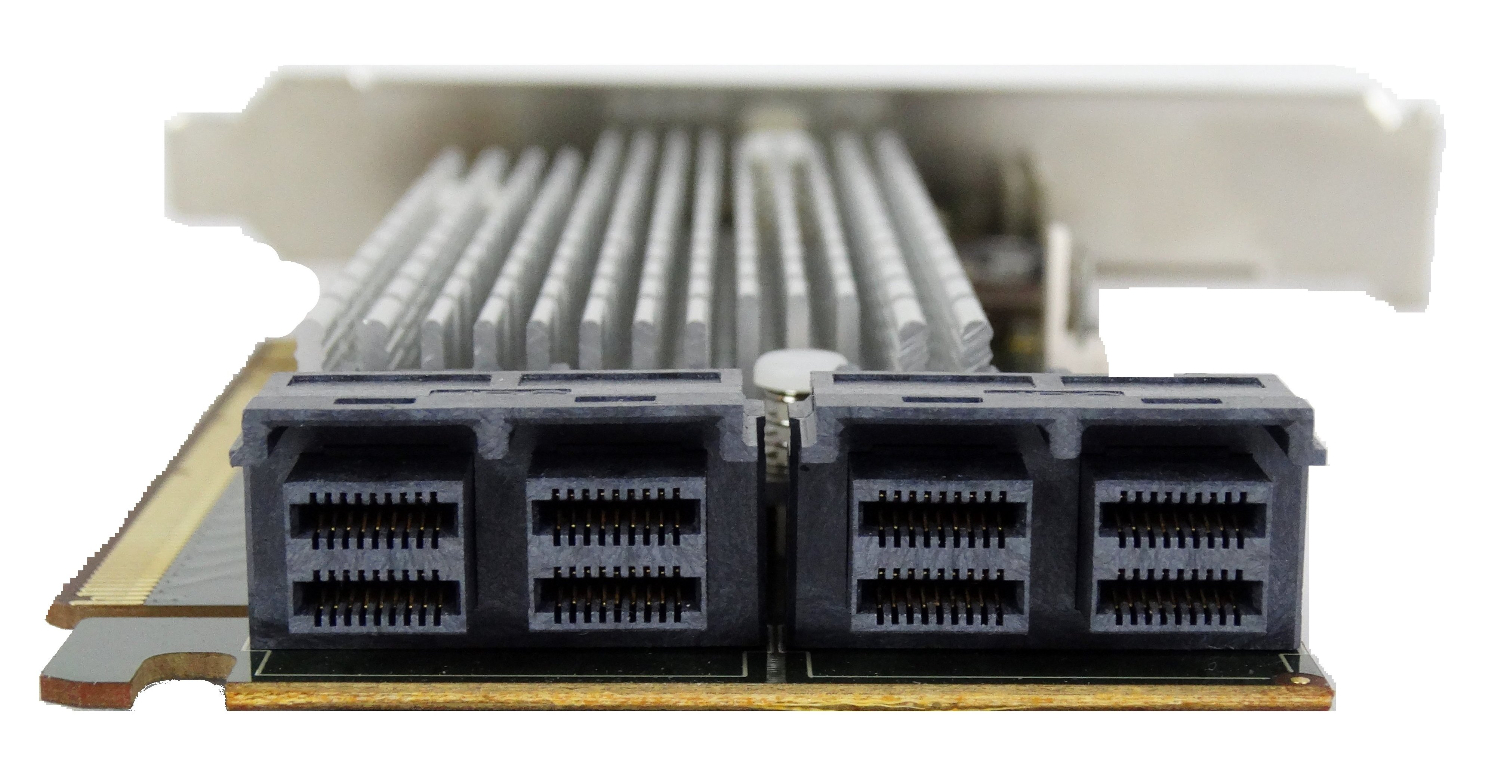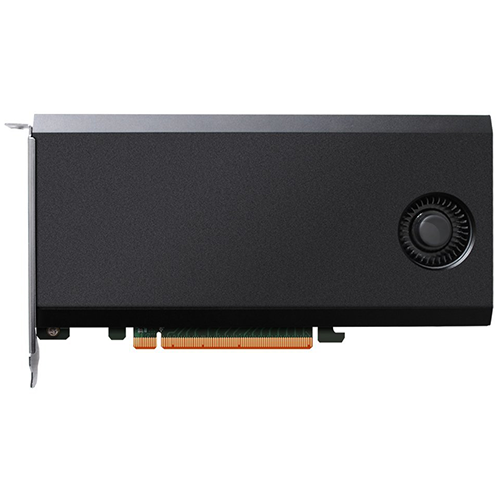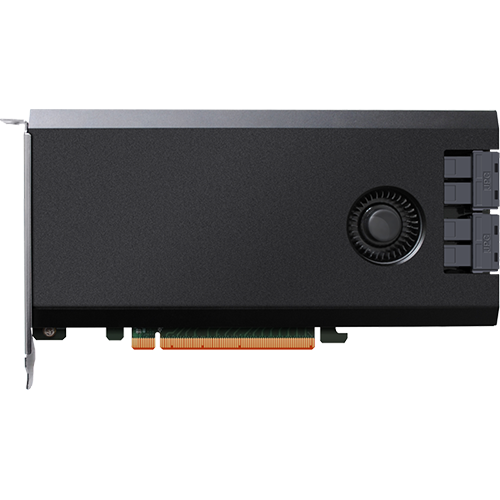Tom's Hardware Verdict
The HighPoint SSD7120 brings low-cost NVMe RAID to the U.2 segment without tying the storage device to a single platform. The card offers lower random performance than a single SSD, but Optane-based SSDs still provide excellent random and sequential performance. The card works best with sequential workloads like A/V editing, but enthusiasts can also use it to make high-capacity volumes.
Pros
- +
Low Cost
- +
NVMe RAID
- +
Fairly unique product
- +
System agnostic
Cons
- -
Not bootable
- -
Doesn't ship with cables
- -
Lower random performance than a single drive
Why you can trust Tom's Hardware
Specifications & Pricing
For many of us, good enough storage is truly good enough. We sit at work or at home casually pecking away on keyboards while sipping our morning coffee and figuring out our weekend plans. For normal use, like loading an Excel sheet or video game, regular-off-the-shelf SATA SSDs are fast enough to get the job done.
If that sounds like your day, the HighPoint SSD7120 will be more of a novelty than a product for your serious consideration. With that said, the HighPoint SSD7120 is a powerful component capable of extremely high levels of performance. The card allows you to add four high-speed NVMe SSDs to your computer or workstation without jumping through Virtual RAID On CPU (VROC) hoops on X299 systems or newer server platforms. The card doesn't use PCIe lane splitting technology, so you could use it on an enthusiast platform, like a Z270, if you use the onboard video. It's more sensible to upgrade an Intel X99 or modern AMD system, though.
The HighPoint SSD7120 uses the same technology as the SSD7101 we tested last October, but it has a different layout and drive support matrix. That's because the SSD7101 stuffs four consumer NVMe SSDs on a card, but the new SSD7120 uses break-out cables to connect to 2.5" U.2 SSDs. These come from several companies, but the Intel SSD 750 and new Optane 900P are the most readily available. U.2 SSDs have a big capacity advantage over M.2 SSDs, and there are great values if you take the time to look.
Specifications
HighPoint has three NVMe RAID product families. The SSD7101 breaks into further loaded SKUs that ship with either Samsung 960 Pro or 960 EVO SSDs in different capacities. The base model comes without drives, like the SSD7120 we're testing today, and the upcoming SSD7110 has three M.2 ports and four SFF-8643 (HD SAS) ports that support up to four SATA and SAS drives each.
The SSD7110 is similar to the SSD7101 we've already tested. Instead of mounting four M.2 NVMe SSDs on the drive, the new SSD7120 features four U.2 ports that attach to 2.5" NVMe SSDs. This is the only model that supports Intel's highly-acclaimed Optane 900P drives. You aren't limited to the 900P, though. There are a number of 2.5" U.2 SSDs from Intel, Samsung, Micron, HGST, and others. While rare, Samsung has enterprise U.2 SSDs with up to 32TB of capacity. More realistic and economical sizes include everything from 2.4TB to Intel's new 8TB drives. You can also find lightly used or even new U.2 SSDs on eBay for pennies on the dollar.
HighPoint doesn't list performance specifications for the SSD7120. The adapter uses a low-latency PLX bridge in between the PCIe 3.0 x16 slot and the four PCIe 3.0 x4 ports that attach to the SSDs. The bridge chip incurs very little performance overhead in terms of throughput and latency. On its own, the SSD7120 is a good way to increase your storage density beyond what's normally possible with add-in cards.
The SSD7120 also incorporates a software layer that combines the drives in RAID 0, 1, 5, or 1/0 arrays. You can also run the drives in a JBOD (separate drives) configuration. You currently can't boot the system off the software RAID array, but HighPoint is working to add that feature.
Get Tom's Hardware's best news and in-depth reviews, straight to your inbox.
Features
The feature list breaks into hardware and software categories. On the hardware side, the SSD7120 is a typical PCIe half-height half-length card. It ships with both a full- and half-height bracket. A large passive heatsink keeps the single-chip controller cool even in enclosures with limited air flow.
You don't have to be a rocket scientist to figure out the installation, but you will need to purchase the correct cables. HighPoint sells SFF-8643 to U.2 SSF-8639 cables under the 8643-8639-50 part number.
The software consists of a driver for Windows 10 or Windows Server 2016 and the WebGUI NVMe Manager. The driver is self-explanatory and allows the NVMe Manager to configure the drives much like a hardware-based RAID adapter.
The WebGUI is the actual management utility that runs in your browser. It allows you to build the array, check the health of each drive through the NVMe SMART Status tool, and automate and configure rebuild priorities. It even allows you to set up SMTP email alerts.
The software works with multiple SSD7120s, which allows you to build a single array with more than four drives.
Pricing & Warranty
We found the HighPoint SSD7120 at B&H for $300.99. The card ships without cables, so you need to factor that into your overall cost. Highpoint sells compatible cables for a little under $30 each, but we found several cheaper generic brands online.
The SSD7120 ships with a consumer-grade one-year warranty. Older LSI and Adaptec RAID adapters shipped with three- and five-year warranties. Those iconic companies were folded into larger entities but live on under Broadcom and Microsemi brands.
A Closer Look

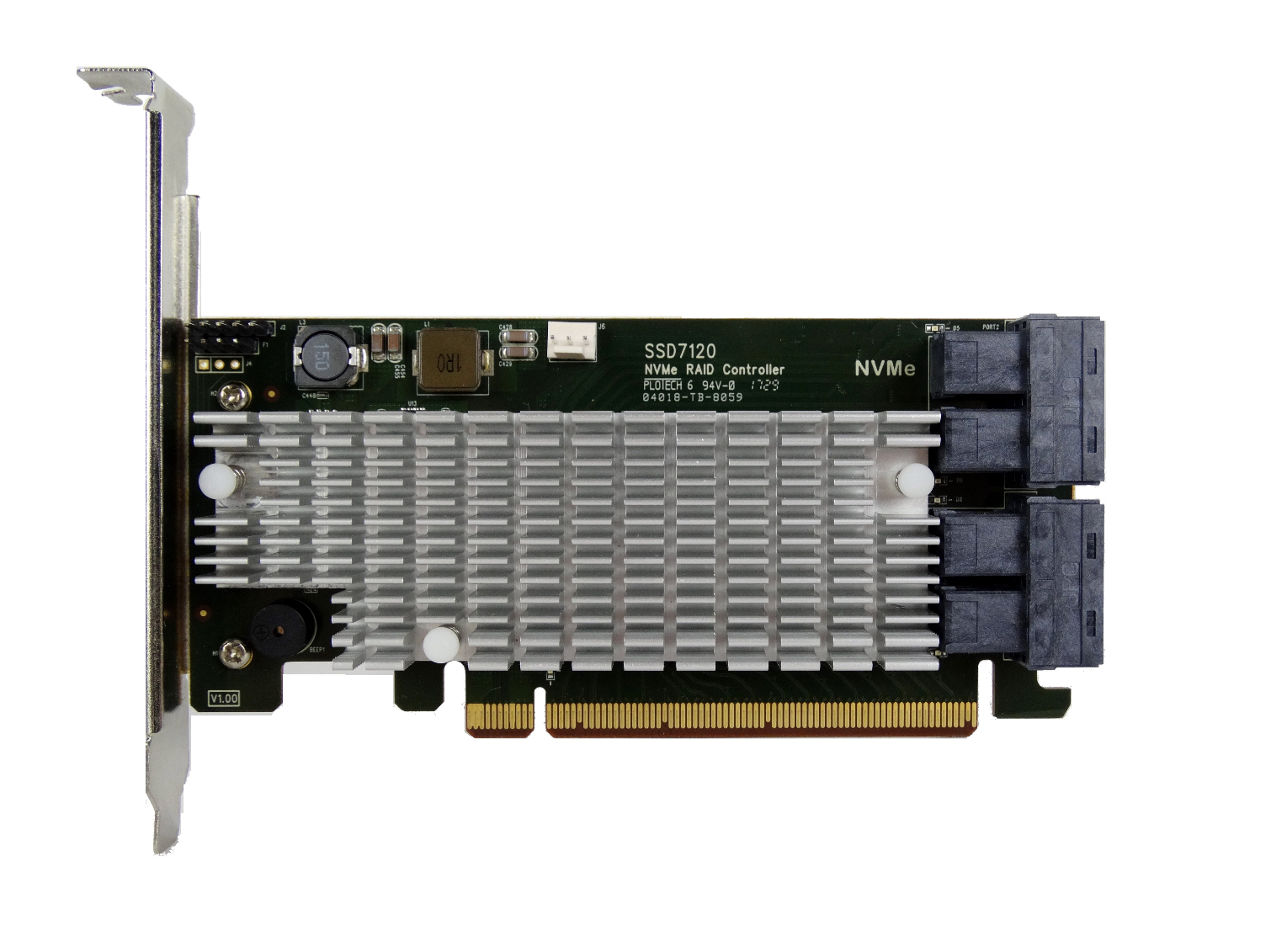
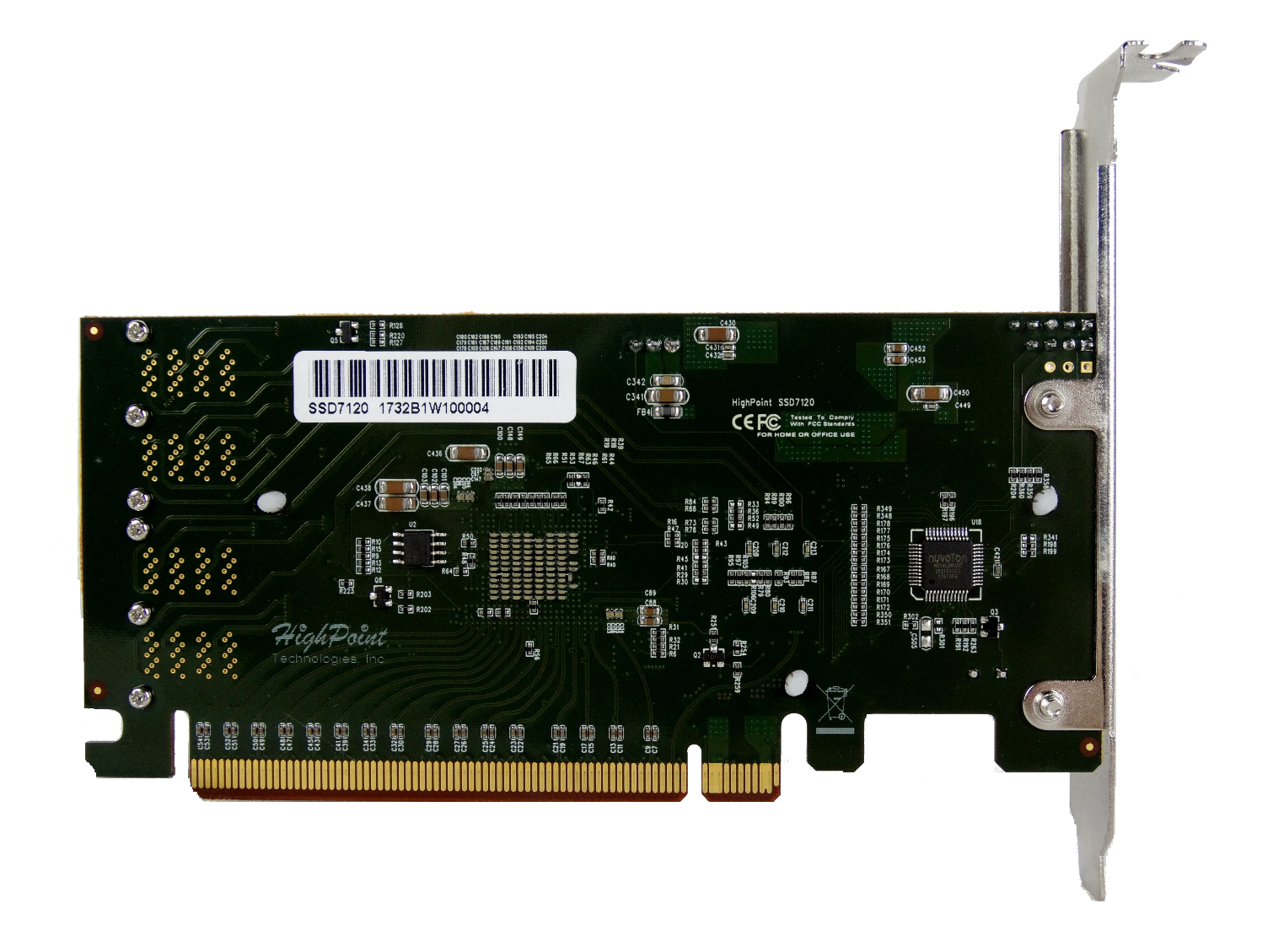
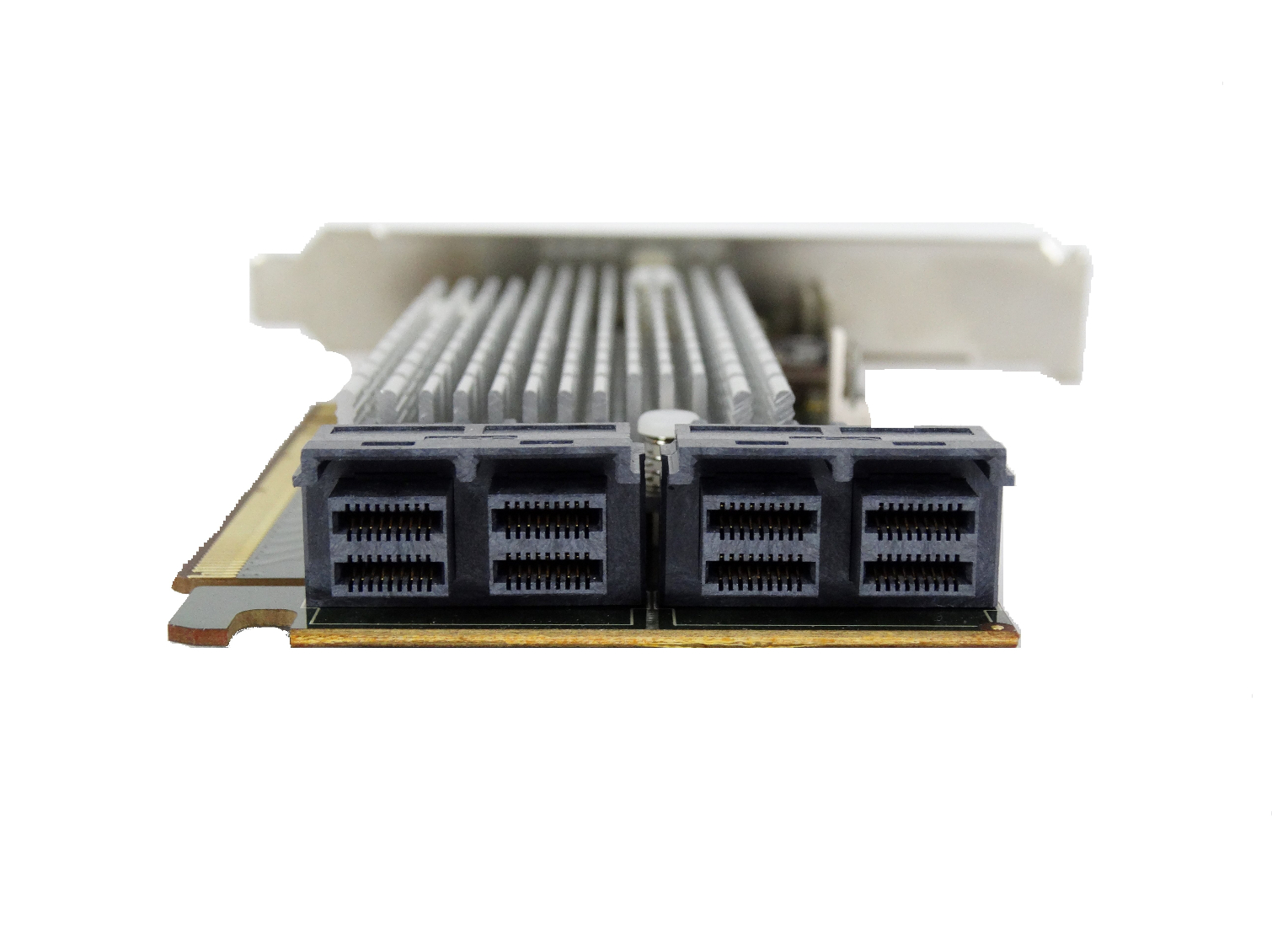
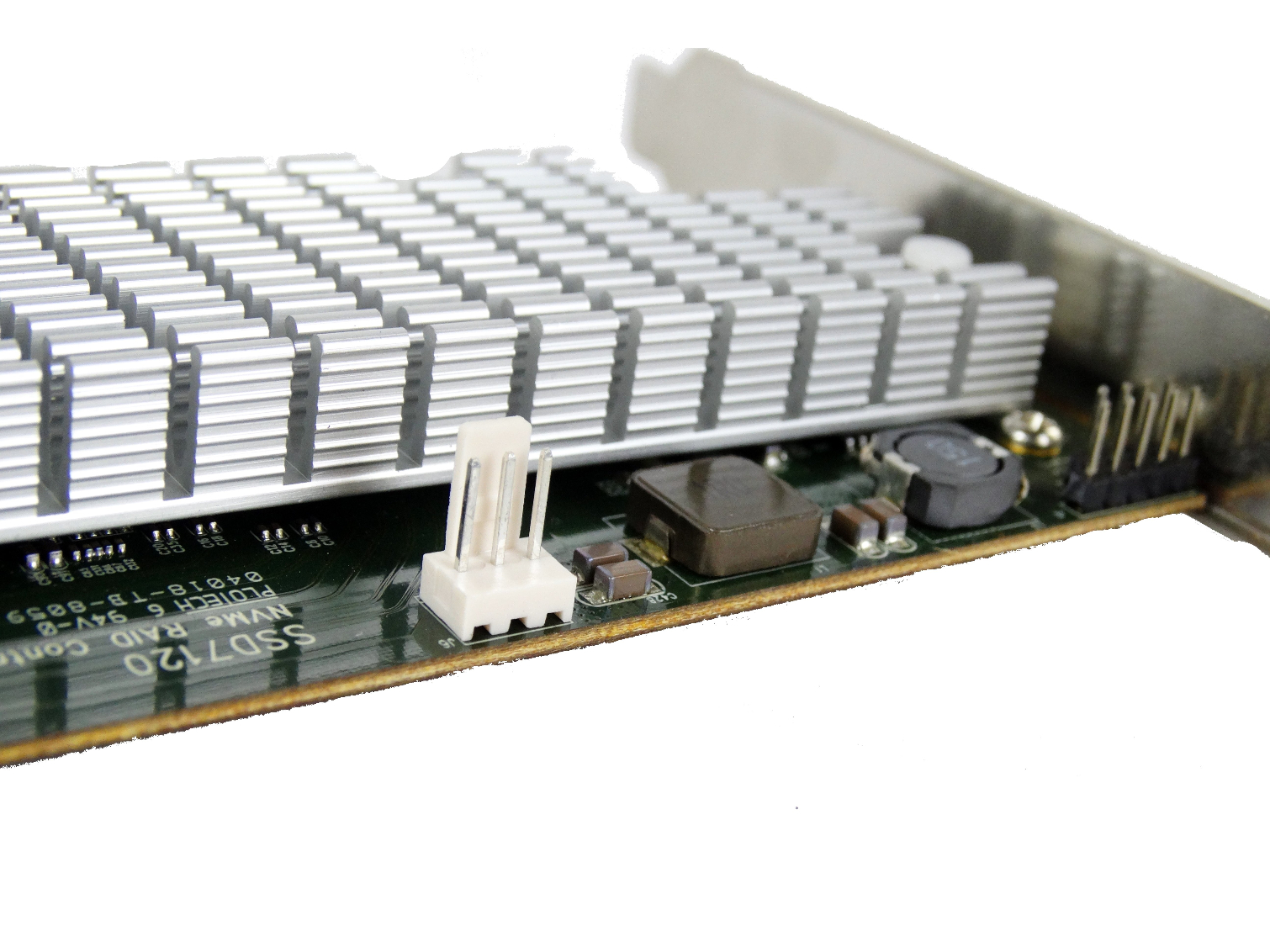
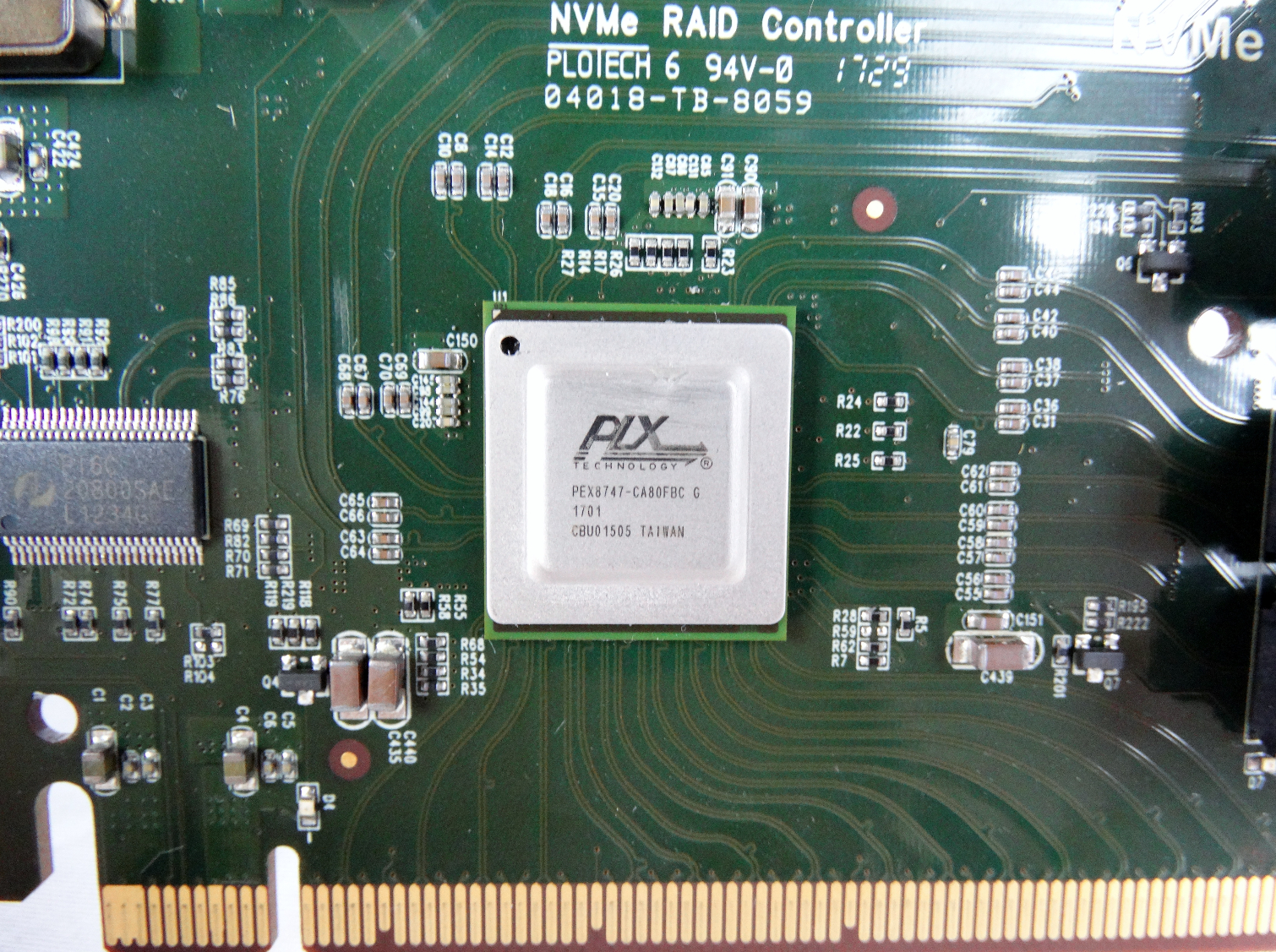
The SSD7120 doesn't require server-like air movement inside the case thanks to the large heatsink that spans nearly the entire length of the card. This helps limit noise in A/V environments where the workstation is in the production room. The card does have a three-pin fan header, but it doesn't have provisions for mounting a cooling device. We didn't have any issues with heat even when we had the side cover removed from the system.
The retail drive will ship with a half-height bracket, but our early sample didn't ship with one. The bracket allows you to install the card in 2U servers or some small form factor systems.
Intel Optane SSD 900P 2.5"
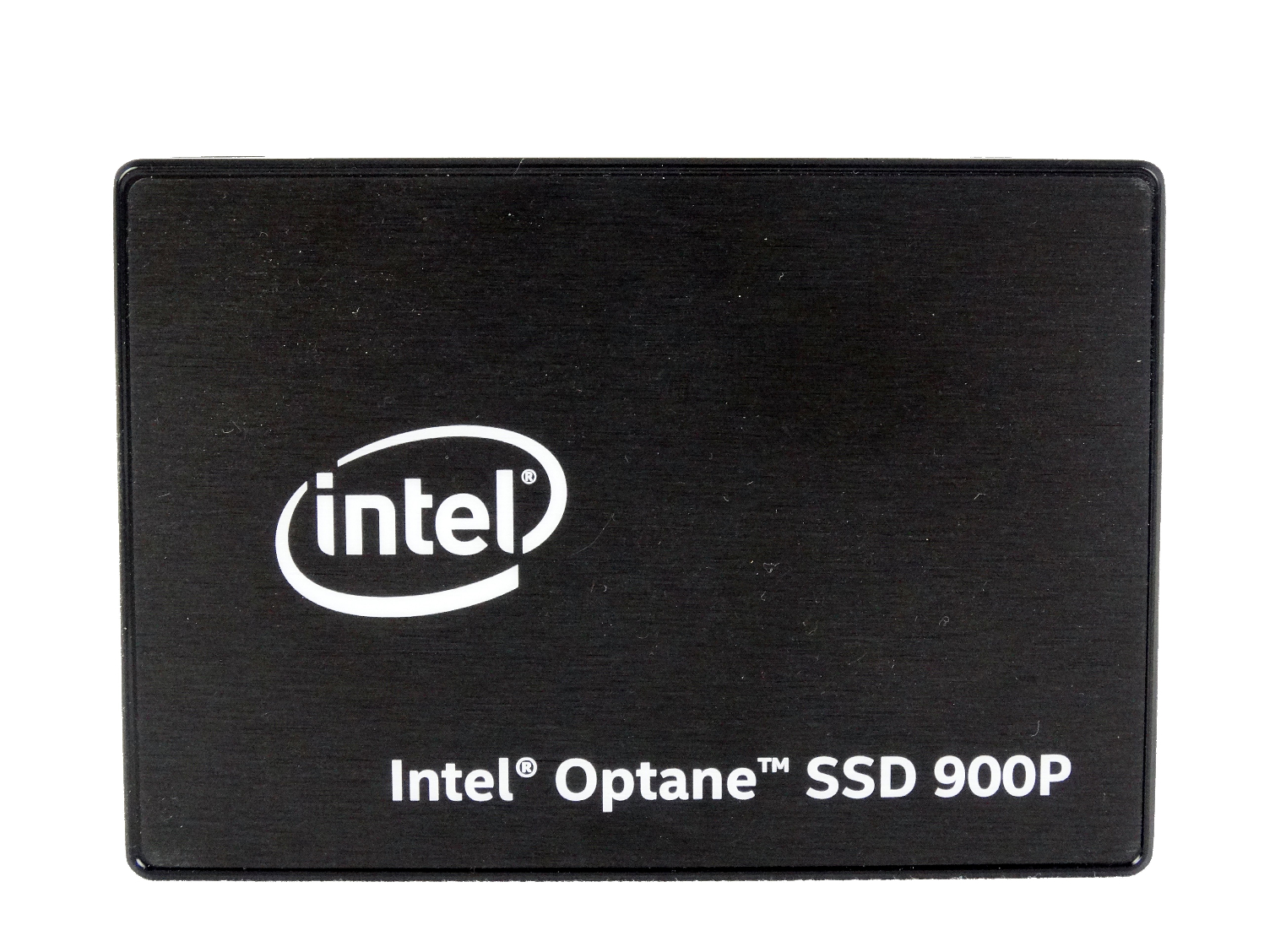
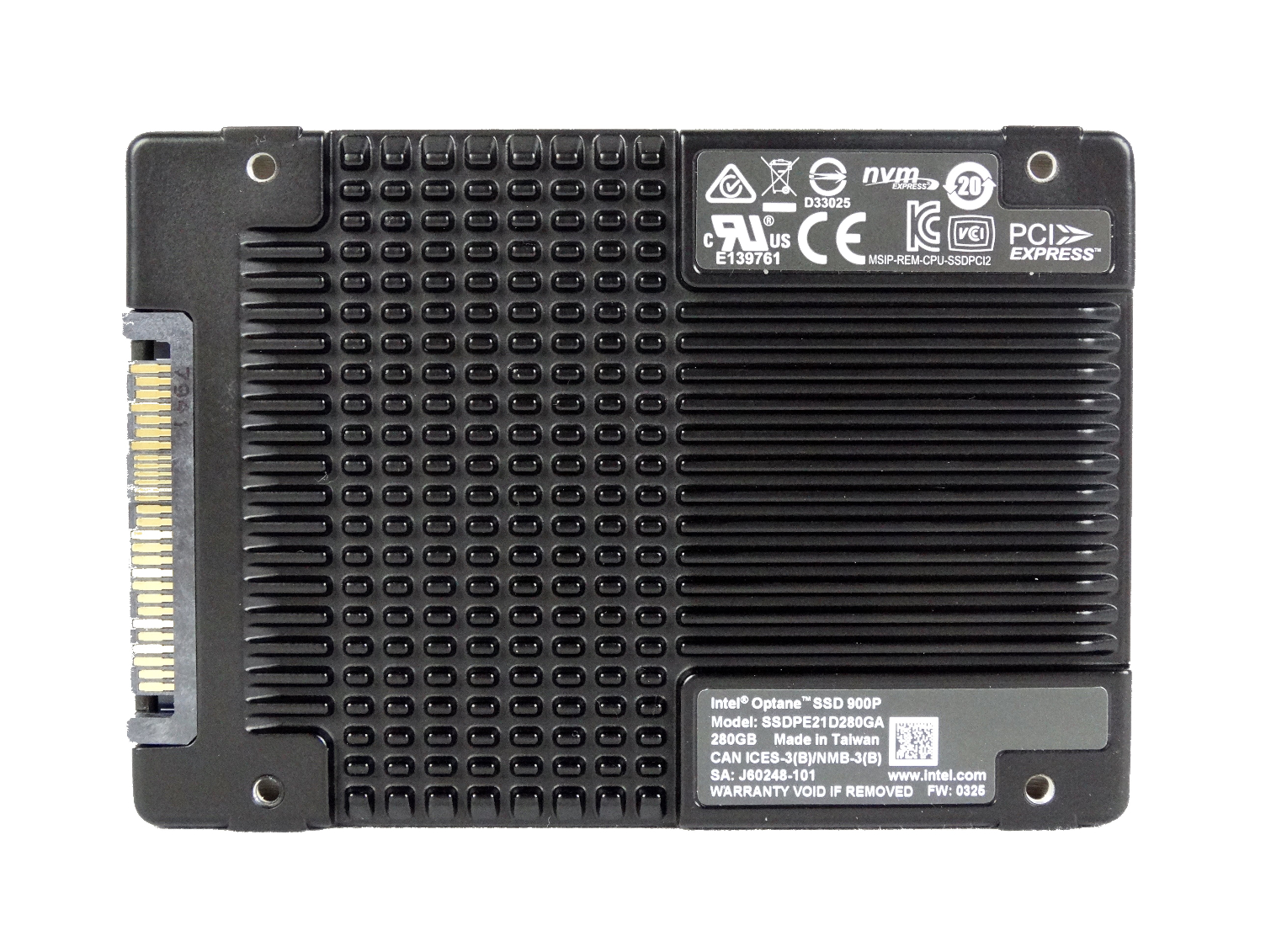
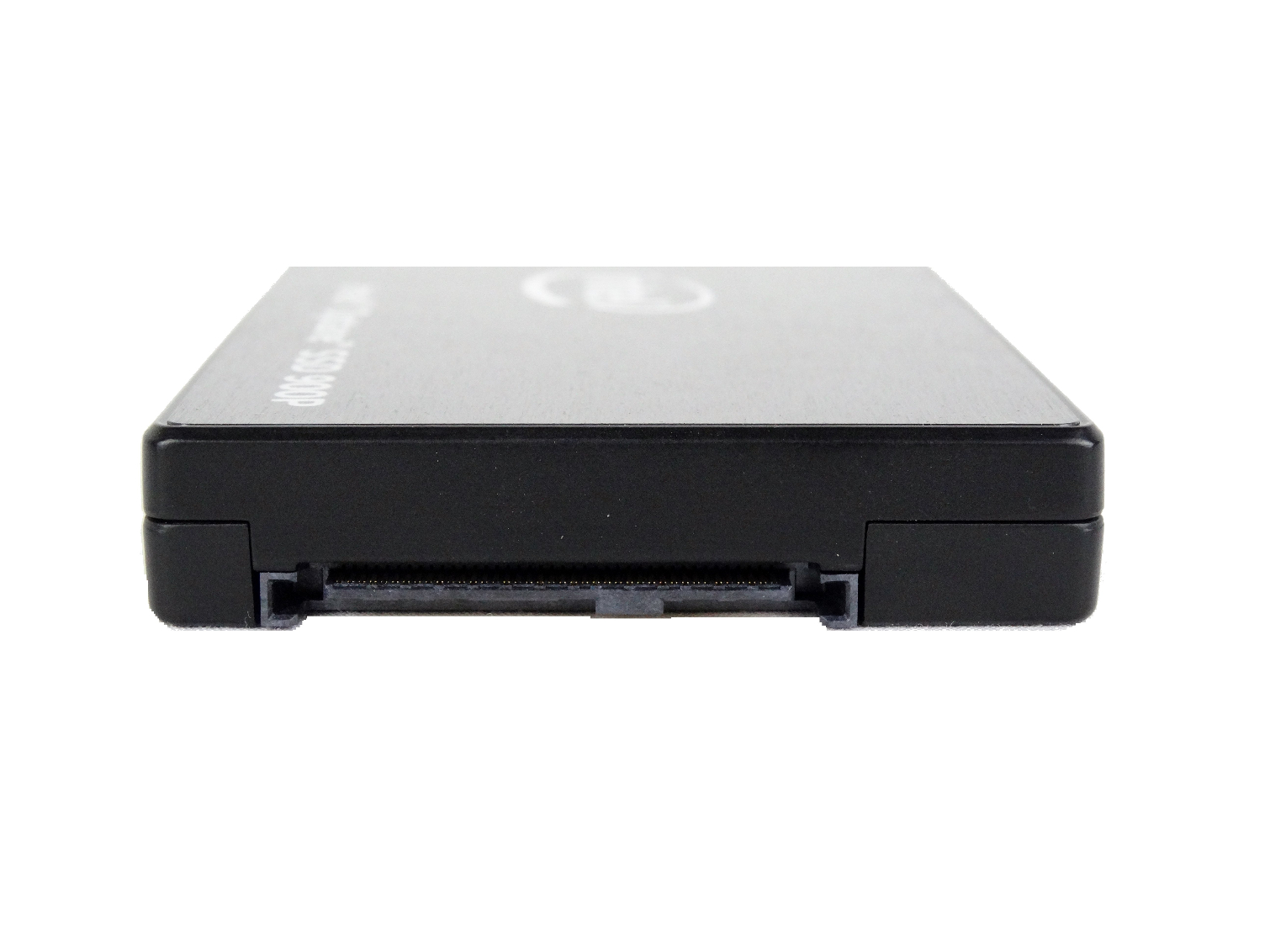
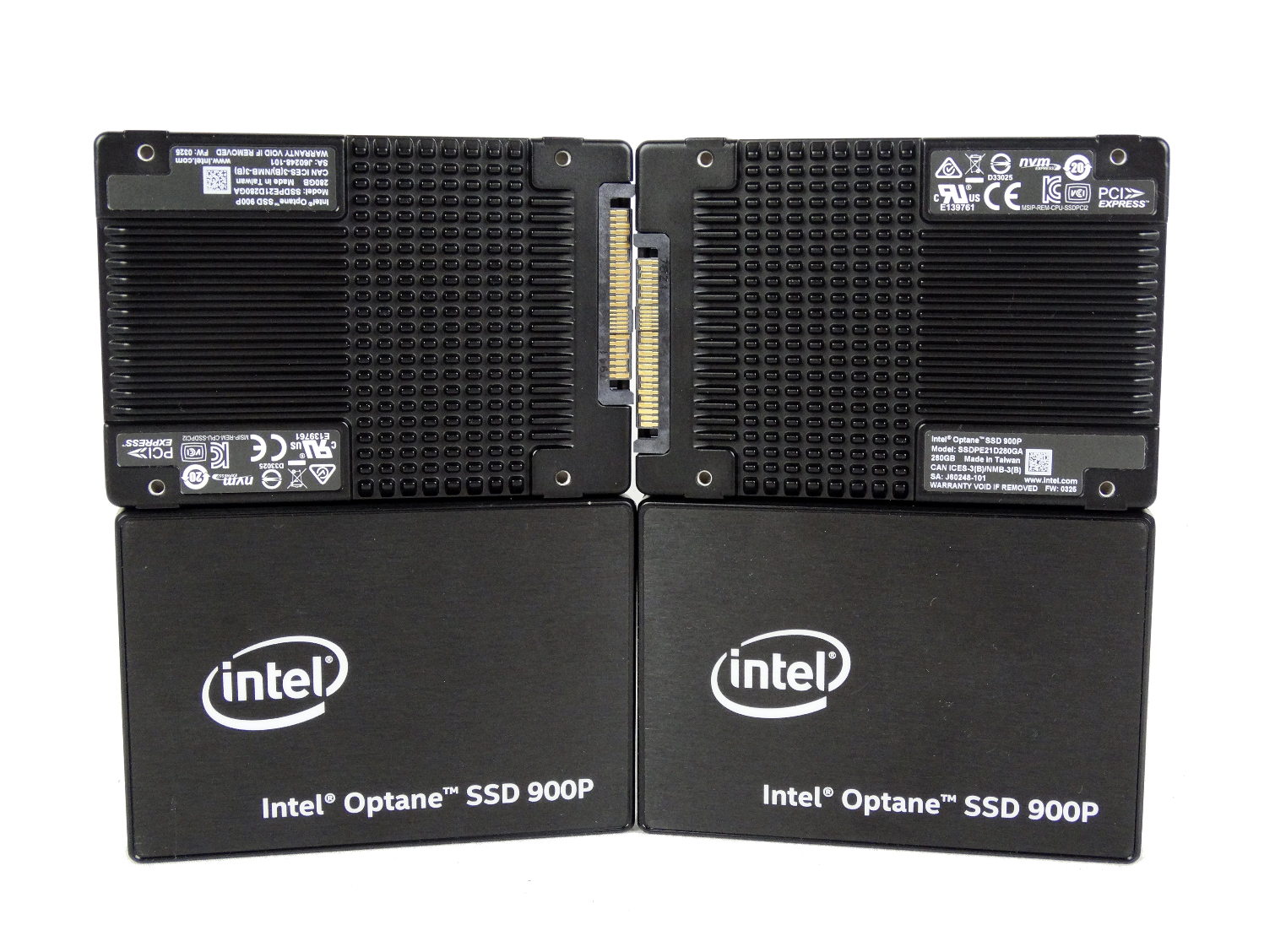
What can we say about the fastest SSD on the market that we didn't already say in our review? The Optane SSD 900P is the NVMe SSD you want in your workstation. The Optane drives deliver stunning responsiveness thanks to a unique new memory called 3D XPoint. Unlike flash-based SSDs, Optane drives deliver incredible performance at low queue depths. For instance, the drives are up to 5x faster than flash-based SSDs at a queue depth of 1. On paper, the 900P isn't as competitive during sequential workloads, but the drives offer peak throughput performance at the low queue depths that are more realistic with most applications.
IcyDock MB699VP-B Four-Bay 2.5" U.2 SSD Backplane Cage
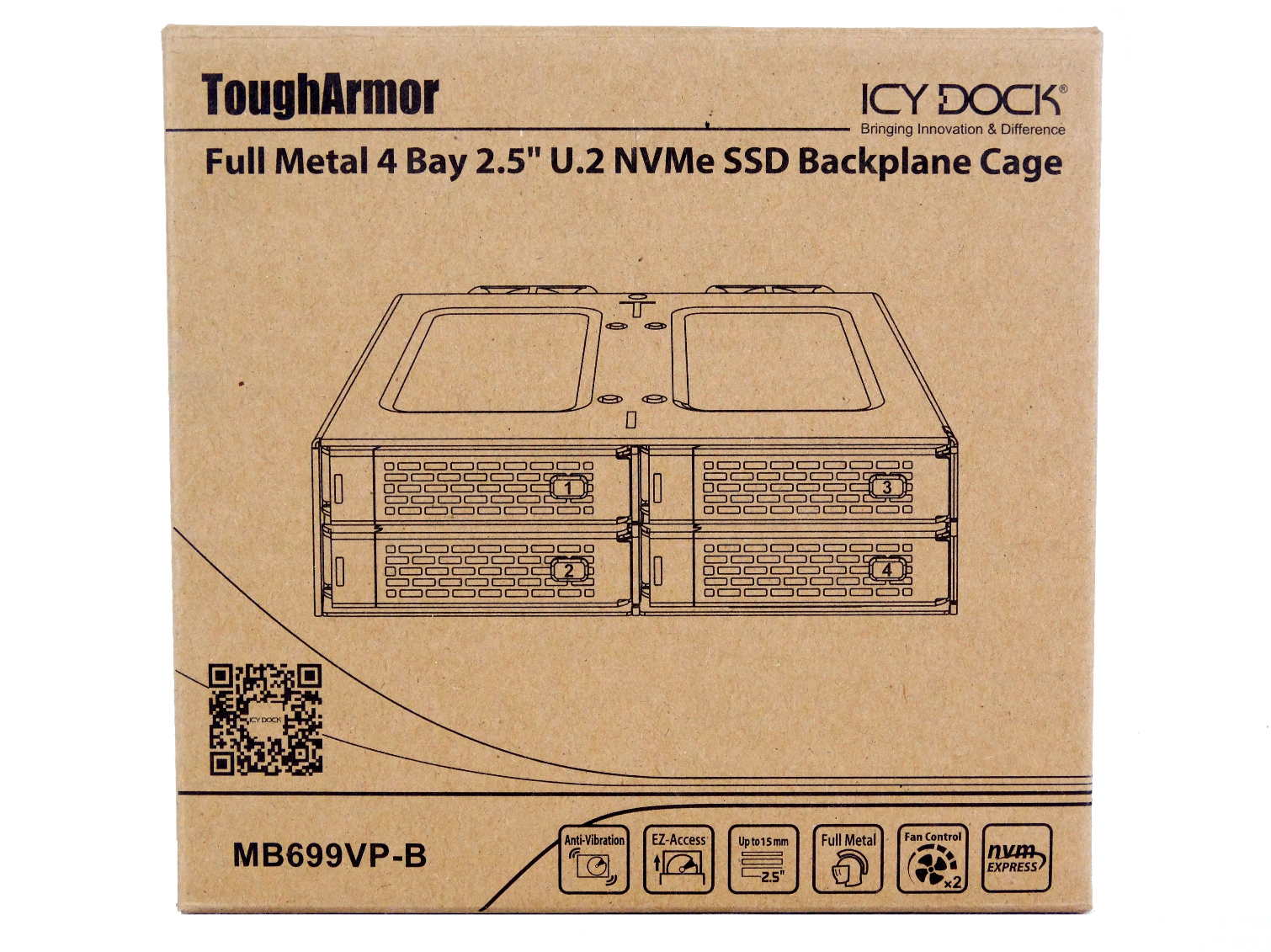
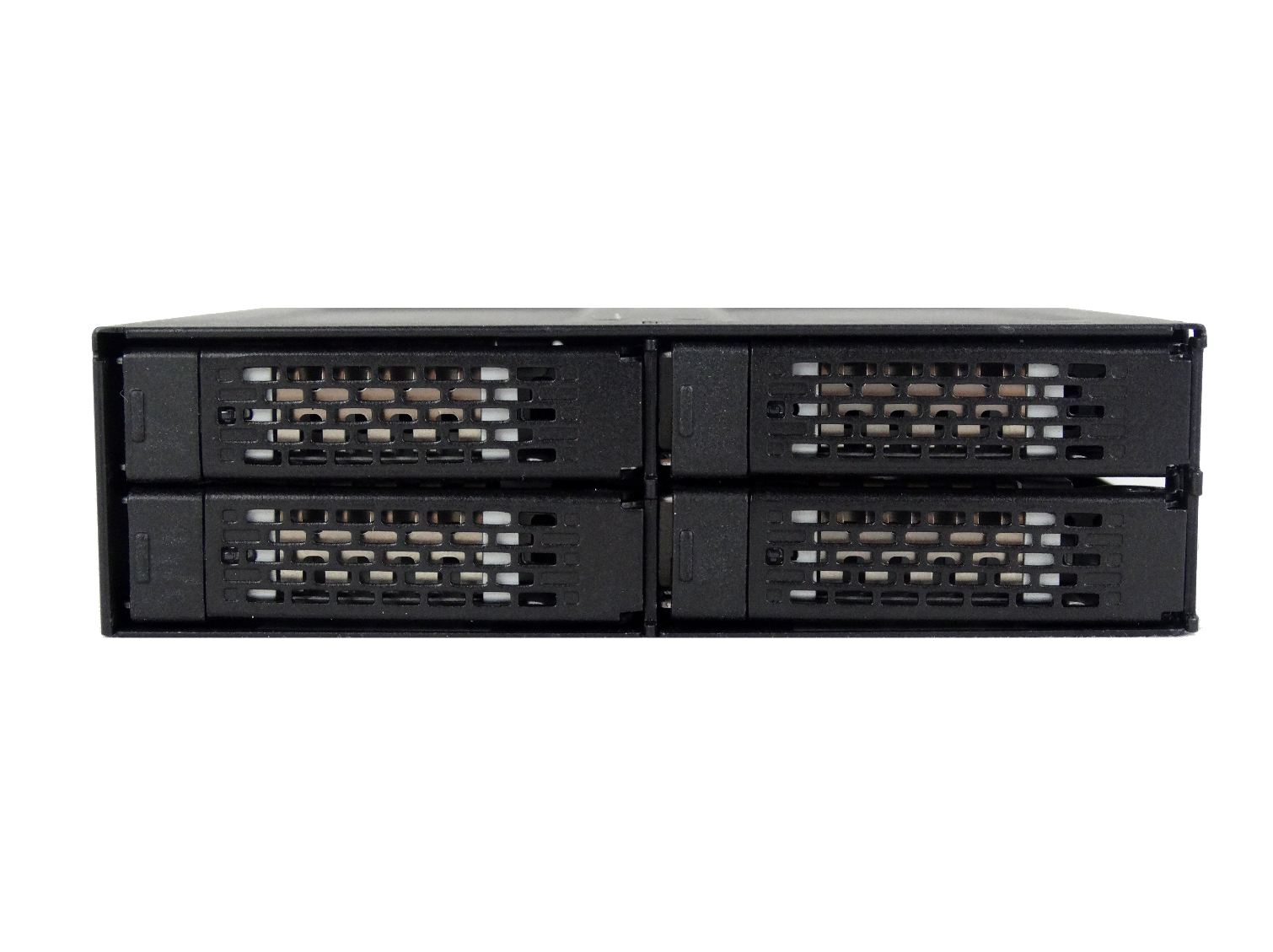
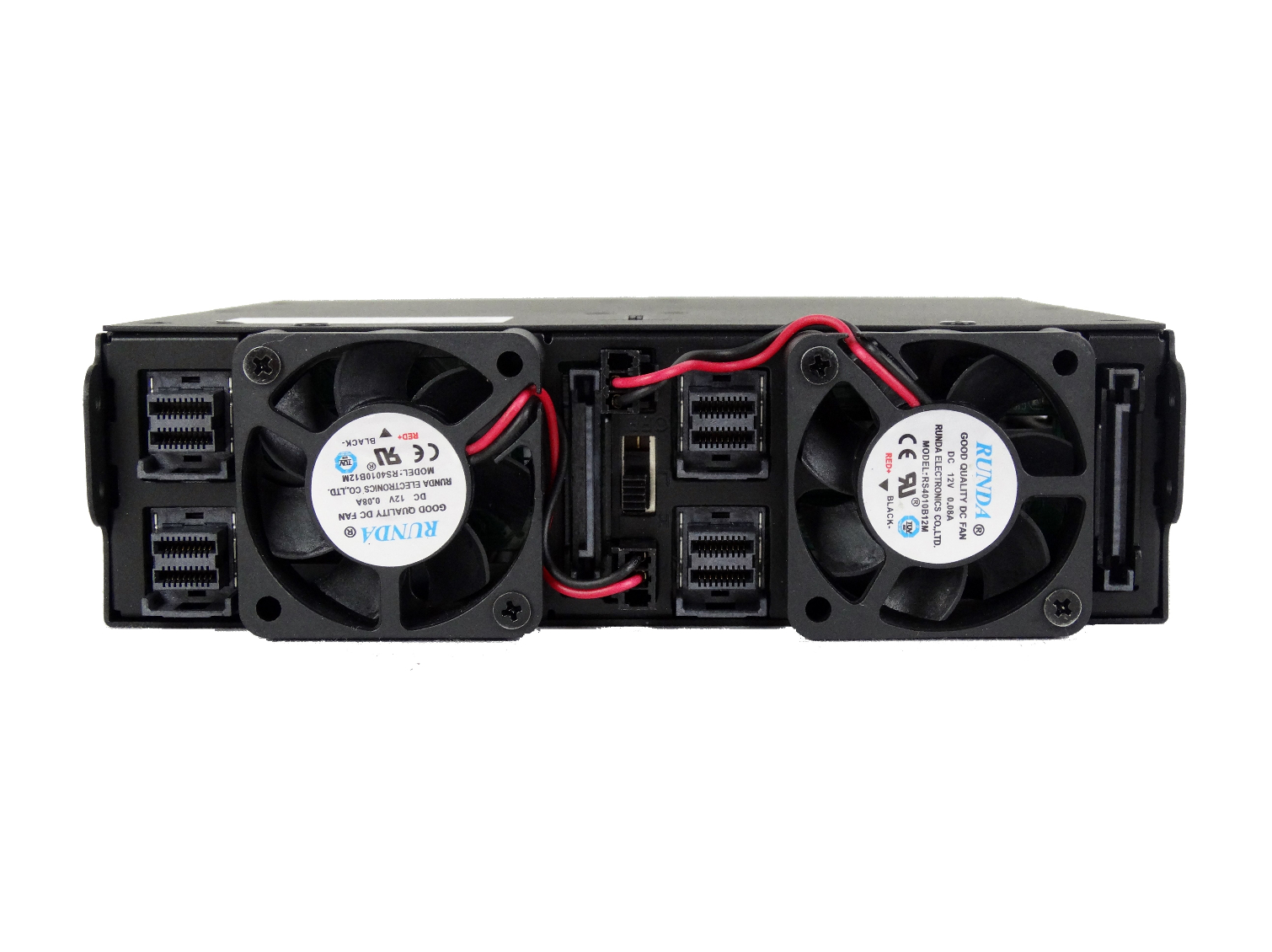
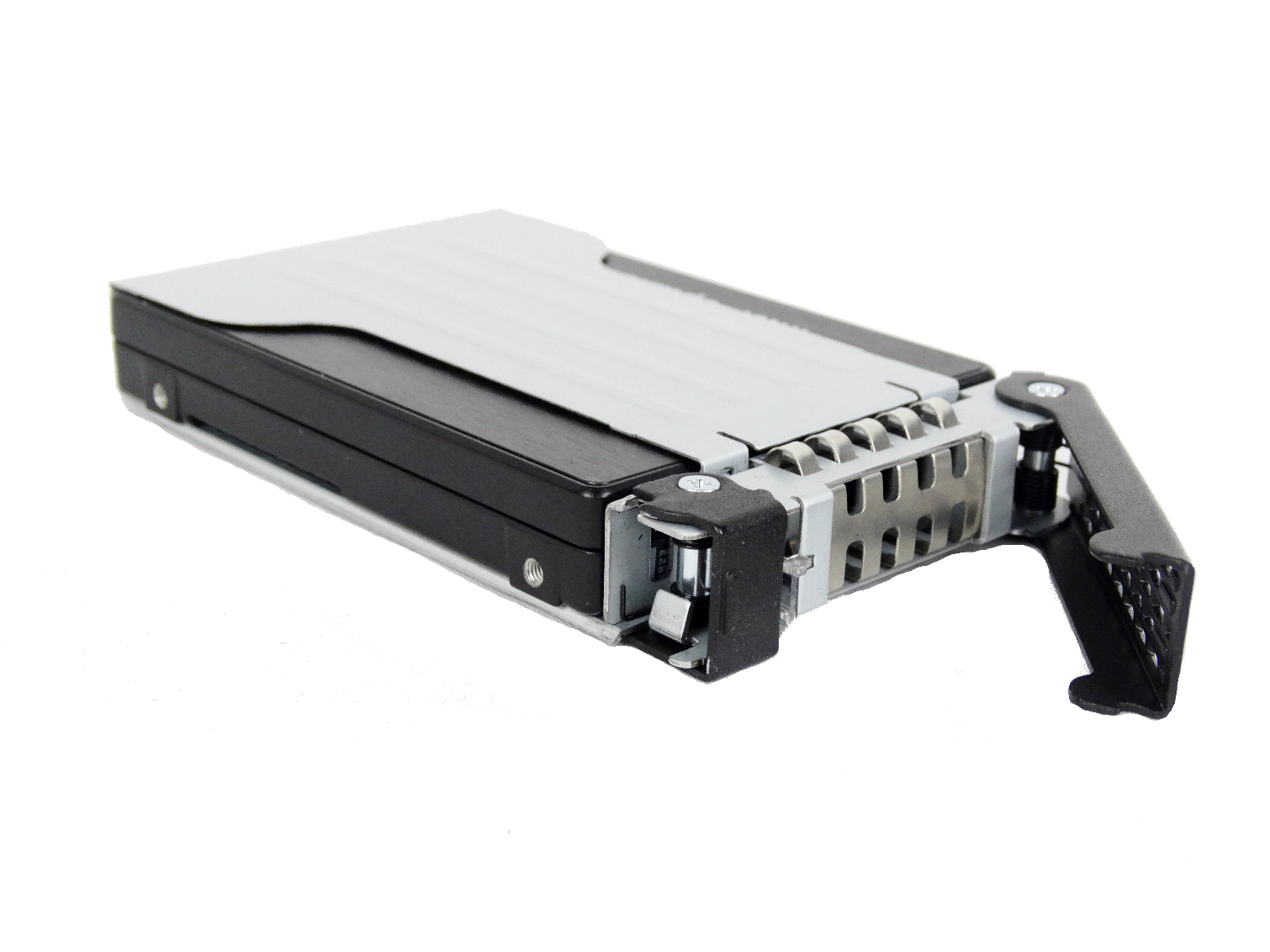
We used a hot-swappable IcyDock drive cage to house the U.2 drives. The MB699VP-B 4-bay 2.5" U.2 makes working with 15mm Z-height SSDs easy.
We didn't have many nice things to say when we first heard Intel would bring U.2 form factor SSDs to the consumer SSD market. The cabling is bulky and requires a second cable from the power supply to plug into the data cable. In a world filled with petite M.2 and body builder-like PCIe SSDs, U.2 SSDs feel old fashioned.
The IcyDock MB699VP-B is much more convenient. You can power four drives with one power cable (two connectors), use thinner low-cost commodity (around $5.50 on eBay) HD-SAS cables (SFF-8643 to SFF-8643), and keep everything tidy without blocking airflow. The MB699VP-B was not available online at the time of writing, but it should appear on Amazon and Newegg soon.
MORE: Best SSDs
MORE: How We Test HDDs And SSDs
MORE: All SSD Content

Chris Ramseyer was a senior contributing editor for Tom's Hardware. He tested and reviewed consumer storage.
-
WyomingKnott Cons: Lower random performance than a single drive.Reply
I would think that that is a reason not to get the blessed thing unless you are living with sequential loads only. Not a database device. Useful for video editing / transcoding? -
DavidC1 I can see enterprises doing RAID 1, but 0 really? If you benefit from striping then you might be better off RAID 0'ing Intel's P4600 NAND SSD for example. 0 brings 3 failure points: 2 drives, and the controller.Reply -
supremelaw Chris, Many thanks for testing this hardware combination. For many months, I've been sharing with other Forum users my expectation that the Highpoint SSD7120 is a perfect match for this new Icy Dock 5.25" NVMe enclosure. Your readers may also want to know that Syba (and a few other vendors) are now selling a U.2-to-M.2 enclosure that houses one M.2 SSD internally, with a standard U.2 connector externally. Here's the Syba product page at Newegg: https://www.newegg.com/Product/Product.aspx?Item=N82E16817801139&Tpk=N82E16817801139Reply -
supremelaw p.s. Also, I think you meant to add a photo and link to the Highpoint SSD7110. Instead, you show SSD7120 twice (see below). According to Highpoint's own specs, the SSD7110 is bootable, but it only has room for 3 x M.2 NVMe SSDs internally, and the connectors are only for SAS fan-out cables.Reply -
supremelaw If anyone is interested, ASRock replied to our query with simple instructions for doing a fresh install of Windows 10 to an ASRock Ultra Quad M.2 card installed in an AMD X399 motherboard. We uploaded that .pdf file to the Internet here:Reply
http://supremelaw.org/systems/asrock/X399/
